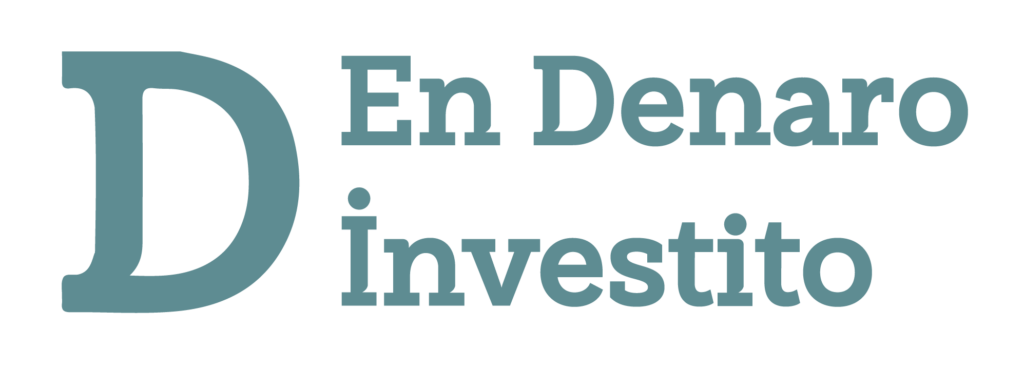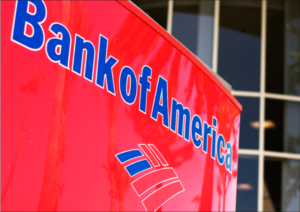Why do some financing options cost thousands more than others, even with identical credit scores? The answer lies in understanding how different borrowing products work. Whether financing a car, renovating a house, or covering unexpected expenses, loan structures vary dramatically.
Three key factors shape borrowing costs: annual percentage rates (APR), repayment timelines, and collateral requirements. Secured options like mortgages often have lower rates but require property as security. Unsecured alternatives might offer faster approval but carry higher interest percentages.
Lenders evaluate credit history and employment stability during approval processes. Most require two years of consistent address and income verification. Funding speed differs too—some products provide same-day deposits, while others take weeks.
Comparing terms becomes crucial when choosing between financing methods. A 1% rate difference could save $10,000 on a 30-year mortgage. Fees and prepayment penalties further complicate calculations, making thorough research essential.
This guide breaks down how credit requirements, APR variations, and repayment structures impact total costs. Discover which option aligns with your financial goals—before signing any agreement.
Introduction to Loan Types and Financial Considerations
Choosing the right financing tool starts with matching your goals to credit products designed for specific purposes. Three primary categories exist: unsecured cash loans, vehicle financing agreements, and property mortgages. Each requires different credit qualifications and impacts budgets through unique rate structures.
Lenders review credit reports and employment records to assess risk. A score above 670 typically secures better terms, while lower ratings may increase rates by 3-5%. Payment history and debt-to-income ratios weigh heavily during application reviews.
Monthly obligations vary based on repayment timelines and interest calculations. A $20,000 loan at 8% APR costs $243 monthly over 10 years versus $452 for five years. Free online calculators simplify these comparisons before signing agreements.
Options like refinancing or lease buyouts provide flexibility for changing needs. Comparing multiple offers helps identify favorable conditions. Financial literacy transforms complex terms into actionable insights, empowering smarter credit decisions.
Upcoming sections explore cash-based borrowing and vehicle purchase strategies in detail. Understanding these fundamentals prepares borrowers to evaluate options confidently.
Understanding Personal Loans: Credit, Application, and Payment Options
What determines approval when applying for unsecured borrowing solutions? Lenders prioritize credit history and scores, with most requiring a minimum rating of 670 for competitive rates. Institutions like Truist use holistic reviews, considering income stability and debt ratios alongside traditional metrics.
Applicants typically provide proof of employment, recent pay stubs, and government-issued ID during the submission process. Some institutions request two years of address verification to confirm financial consistency.
Approved borrowers often choose between fixed monthly payments or flexible repayment schedules. Same-day funding exists for urgent needs, though terms vary by provider. Automatic deductions and online portals simplify budget management for recurring obligations.
Lines of credit differ from traditional structures by allowing repeated withdrawals up to approved limits. This revolving option suits ongoing expenses rather than single-purpose financing. Always compare origination fees and prepayment penalties before accepting offers.
Understanding these factors helps avoid surprises during repayment periods. Regular monitoring of credit reports ensures continued eligibility for future borrowing needs.
Exploring Auto Loans: Financing Options and Vehicle Purchase Insights
Vehicle financing involves more than just the sticker price—hidden factors shape long-term costs. Start by securing pre-approval from lenders, which clarifies your budget and strengthens negotiation power at dealerships. The annual percentage rate (APR) and loan term directly affect monthly payments—a 60-month term at 5% APR costs $377 monthly for $20,000 borrowed versus $212 over 84 months.
New cars often qualify for lower rates but depreciate faster, while used vehicles may have higher APRs but lower overall costs. Always compare offers from dealers and banks—U.S. Bank data shows rate differences up to 2% between institutions. Refinancing existing agreements can reduce payments if credit scores improve post-purchase.
Lease buyouts require separate financing if you decide to keep the vehicle permanently. Use online calculators to estimate payments based on down payments, trade-in values, and tax rates. Required documents typically include proof of income, insurance, and a valid driver’s license.
Dealers may promote in-house financing, but third-party lenders sometimes offer better terms. Watch for origination fees and prepayment penalties that inflate total borrowing costs. Comparing multiple proposals ensures you secure the most favorable deal.
💡 Ultimate Guide to Getting a Loan Successfully
Comparative Guide: Personal, Auto, and Home Loans
Selecting the optimal credit product requires understanding how approval processes and repayment terms differ. Unsecured options like cash advances often demand credit scores above 670, while vehicle financing uses the car as collateral for lower rates. Property-backed agreements typically involve appraisals and longer processing times.
Annual percentage rates vary significantly: unsecured plans average 10-25%, vehicle contracts 4-10%, and property deals 3-7%. A $25,000 car note at 6% APR costs $483 monthly for five years. The same amount through unsecured financing at 15% jumps to $593 over the same period.
Approval documentation differs too. Cash-based products need two pay stubs and ID verification. Auto lenders require insurance proof and vehicle details. Property agreements demand tax records and employment history spanning two years.
Refinancing opportunities exist across categories. Improved credit scores might reduce auto APR by 2% or qualify borrowers for better unsecured terms. Always compare origination fees—some institutions charge 1-6% upfront on cash advances but waive processing costs for property agreements.
Quick decisions favor unsecured options for emergencies under $50k. For large investments like renovations, property-based solutions often provide superior rates. Review prepayment penalties and late fee structures before committing to any agreement.
Conclusion
Navigating borrowing options requires understanding how rates, terms, and approval criteria shape costs. Unsecured products often demand higher credit scores but offer faster funding, while vehicle agreements use collateral for lower annual percentage rates. Property-based financing involves extended timelines but rewards borrowers with competitive interest percentages.
Monthly payments vary widely: a $25k auto loan at 6% APR costs $483 over five years versus $593 for unsecured alternatives. Credit history and score thresholds directly influence approval odds—lenders like Truist prioritize stable employment and debt ratios during reviews.
Comparing offers remains critical. Use online calculators to analyze how fees and repayment timelines affect total amounts. For car purchases, pre-approval strengthens dealer negotiations. Always verify prepayment penalties before signing agreements.
Final decisions should align with financial goals. Contact specialists to clarify remaining questions and confirm subject credit approval. Tools like rate comparison charts empower smarter choices—shop strategically to secure terms that fit your budget.













